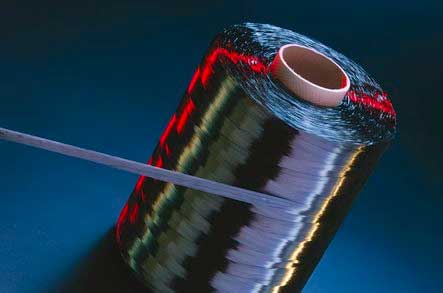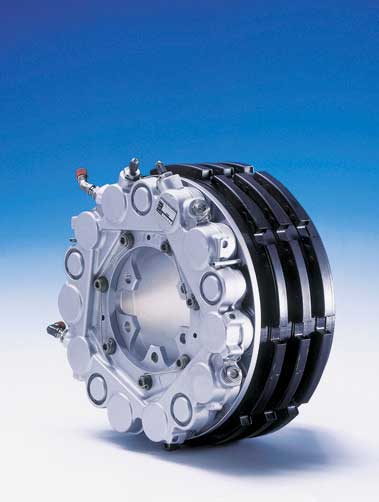The race is on to replace steel cars with carbon-fibre cars. All of the major automakers have inked deals to make the switch. The reason being that carbon-fibre is:

“10 times stronger than regular-grade steel and one-quarter of steel’s weight.”
“Using carbon fiber in lieu of conventional steel can lower the weight of a vehicle component by up to 50 percent, according to the U.S. Department of Energy. Cutting a car’s weight by 10 percent can improve fuel economy by as much as 8 percent.”
via Reuters
Weight is a big deal in cars. The heavier the car, the bigger the engine and, typically, the lower the fuel economy. This is especially true for electric cars who face limited mileage on one charge, reduce that weight by 10% and you can go an extra 50 miles.
Currently, carbon-fibre is expensive to make and only really used in racing cars. BMW, the first company to invest heavily in carbon, has already found ways to cut production costs.
“The carbon fiber fabric is placed in a mold, and resin is injected under high pressure and temperature. The process, which once took 20 minutes per part, now requires less than 10 minutes. Robots cut and handle the material and components, which previously were made by hand.
The robots will help BMW achieved big savings. A pound of carbon fiber now costs only a third as much as a pound used in the M3 CSL coupe’s roof when the limited-edition car was introduced in the 2004 model year.”
via c|net

Much of this production will happen in Germany or China, with both Volkswagon and BMW working with Germany’s SGL Carbon and General Motors signing with Teijin Ltd. But, just last month, Dow Chemicals signed a deal with Ford to begin research and production.
It’s exciting to think what this technology can do, not only for cars, but trucks, planes, boats, etc.
Energy researcher Amory Lovins, in this TED talk, thinks that when we fully start using carbon-fibre vehicles fuel economy in cars will shoot up to 200 miles/gallon. He says that halving the weight of the car creates compound effects: lighter car, requires a lighter engine, which makes the car even lighter.

// Photos – SGL Carbon